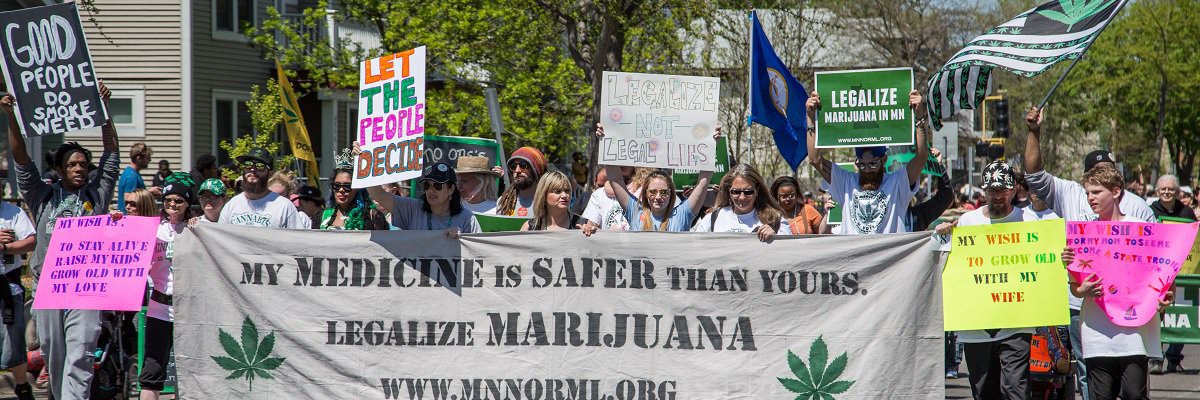The NYPD recently rejected a request for factual reports that officers must file after any shooting incident. It’s an odd response, given that no less an authority than the state Supreme Court ruled in 2011 that these same reports are indisputably public.
As you read the below, keep in mind that the NYPD recently earned a solid “F” in MuckRock’s joint review with The New York World of compliance with the New York Freedom of Information Law.
Any firearm discharge sets off a chain of official reports and investigations to determine whether the officer followed policy and the law. In February, I requested two reports filed for all shooting incidents: the preliminary summary of investigative findings, the “24-hour report”, and the final investigative summary, the “90-day report.”
I asked for all reports on file for shooting incidents that took place from January 1, 2010 through December 31, 2014. In a letter dated July 29, 2015, the NYPD FOIL office rejected my request in its entirety.
These twin reports are a matter of public knowledge and department policy. In the latest annual analysis report of shooting incidents, the NYPD explained to the city council that preliminary findings from a “thorough and exhaustive” canvassing of witnesses, ballistics evidence, and crime scene sketches are collated into a report within 24 hours or sooner.
“A preliminary report (usually written within eight hours of the incident) outlines, as much as possible, the shooting incident; however, the rapidly evolving nature of shooting investigations means information contained therein is unavoidably preliminary,” the NYPD report indicates.
Policy enshrines these reporting requirements, particularly the 90-day report. The NYPD Patrol Guide directs supervisors to submit a final report on typed letterhead within ninety days of the incident, or else to submit monthly interim reports if circumstances require a delay. delay
The NYPD Firearms Discharges Investigation Manual provides a sample for the 90-day report. Per the standard format, all such reports should include a narrative, a personnel history of the involved officer, and other standard sections. (Notably, the NYPD initially attempted to deny my request for this manual, as well, in 2013.)
The NYPD records office denied my request on the grounds that disclosure might endanger lives or interfere with criminal investigations, among other reasons. If such justifications strike you as shaky, you’re not alone.
The New York Civil Liberties Union successfully argued in court against these precise arguments in February 2011. In January 2009, the New York Civil Liberties Union submitted a FOIL request to the NYPD for 24-hour and 90-day shooting incident reports from 1997 through 2008. Conveniently, the NYPD invoked the same exemptions to deny their request as they’ve marshalled in my request for the same reports from 2010 to 2014.
The case went to the state Supreme Court, which ruled decidedly in the NYCLU’s favor. The court ordered the NYPD to release the 24-hour and 90-day shooting reports with partial redactions.
I’ll let Judge Goodman’s ruling in the NYCLU case to underscore the invalidity of the NYPD’s response in my own case.
“The issue is whether the 24-hour and 90-day firearms discharge incident reports are categorically exempt from disclosure under FOIL. After a careful review of the NYPD Firearms Discharge Manual containing the 28 section form for the 24-hour and 90-day firearms discharge incident report, the Court finds that these reports are not categorically exempt,” Goodman ruled.
Goodman found that the NYPD failed to “narrowly construe” exemptions to the state’s public records statute, as well as to demonstrate how the reports well “squarely within the ambit” of such exemptions. She chastised the NYPD’s reliance on blanket exemptions.
The ruling thoroughly dispatches each claimed exemption, whether that be the deliberative and intra-/inter-agency exemptions, the law enforcement exemptions, or the personnel evaluation exemption.

“In conclusion, with proper redaction of the above-mentioned identifying personal information concerning officers who shot civilians, individuals shot, and witnesses involved and the section concerning recommendations, the firearms discharge incident reports are clearly subject to FOIL disclosure,” the court determined.
This is not a matter of analogous extrapolation of the NYCLU’s request to my own. Rather, the Supreme Court of the State of New York has ruled within the past five years that the requested documents are, again, “clearly subject to FOIL disclosure.”
MuckRock has appealed the NYPD’s rejection, quoting generously from the 2011 ruling.
This is more of the same for the NYPD. Commissioner Bill Bratton may consider his department a “model of transparency,” but officials in the records office seem unwilling to release shooting incident records unless held at gavel-point.
After a successful appeal of the initial denial, the NYPD responded with a $42,000 price tag for processing the documents - the unofficial “ransom” rejection. After a second appeal contesting the fee was shot down, the only option left appears to be getting a lawyer. The fee estimate letter is embedded below.
Image by Joi Ito via Wikimedia Commons and is licensed under CC BY-SA 2.0




